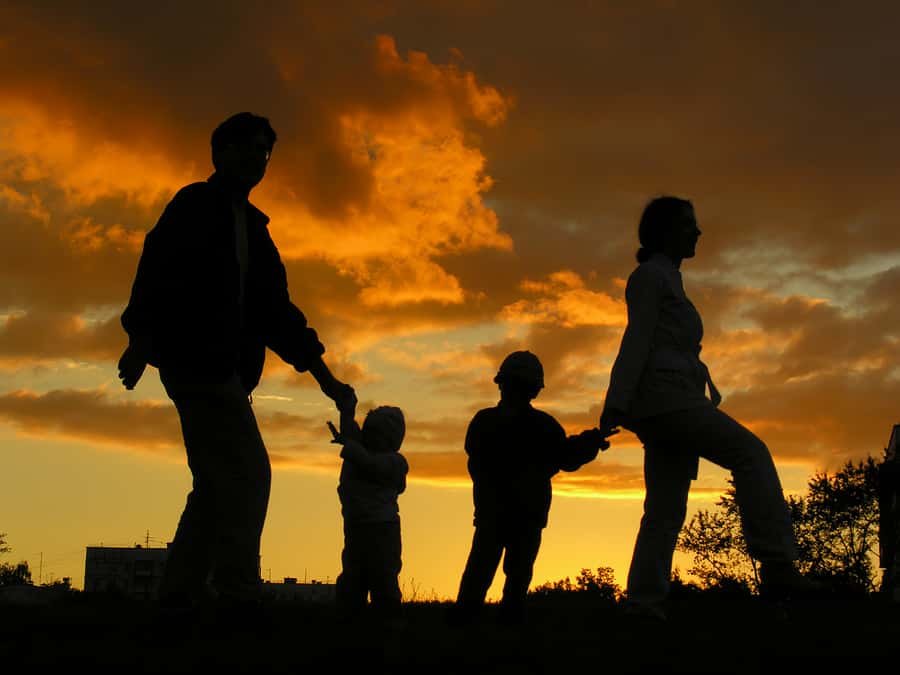According to data released by the Census Bureau, the United State’s population is older than it’s ever been before, with a median age of 38, New York Times reports.
This is a steep rise considering the median age of 35 back in 2000 and 30 in 1980. Analysts are concerned that the U.=S ‘greying’, a term used to describe ageing populations, would pose challenges to the workforce, the economy and social programs.
An earlier study conducted in 2020 revealed that 1 in 6 Americans (so 17% of the entire country) were 65 or older. Much of the greying of the US stems from the post-World War II baby boom – which was the period of 1946 – 1964.
Experts point to low birthrates as the main driver of the nation’s rising median age. “It’s simple arithmetic,” said president of demographic data firm Social Explorer, Andrew A. Beveridge, in conversation with the New York Times. “Fewer kids are being born.”
Since the beginning of the Great Recession (2007-09), birthrates had never been quite the same as previous generations. Birthrates also saw a steep decline in the first year of the COVID-19 pandemic.
This trend of ageing populations due to declining birthrates is one observed on an international scale. Countries such as Japan and Germany have been attempting to tackle this issue for years, by introducing policies allowing skilled youth to naturalise more easily. In Japan, nearly 30% of its population is over 65 years old.
Experts believe that millennial women have been more likely to prioritise education and work in their 20s, leading them to marry far later and have fewer children. That would explain why newer generations in industrialised countries have been witnessing lower birthrates and ageing populations.







